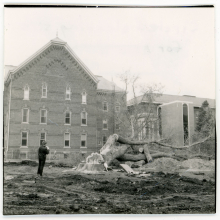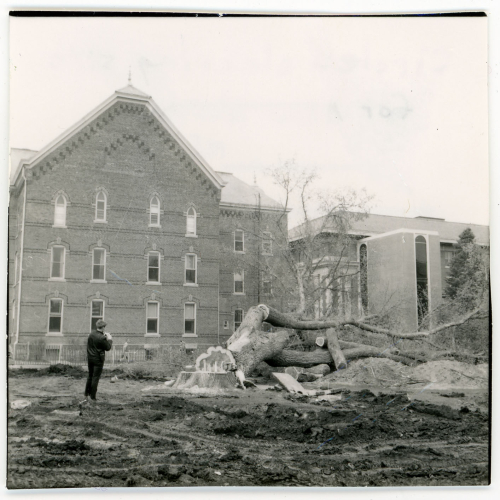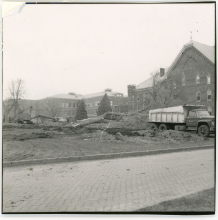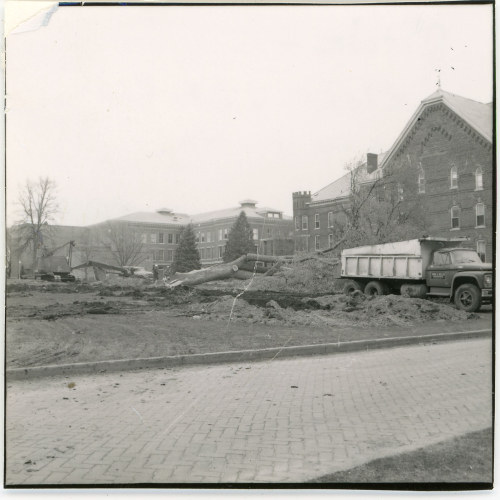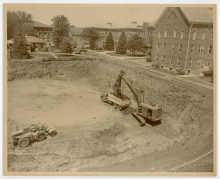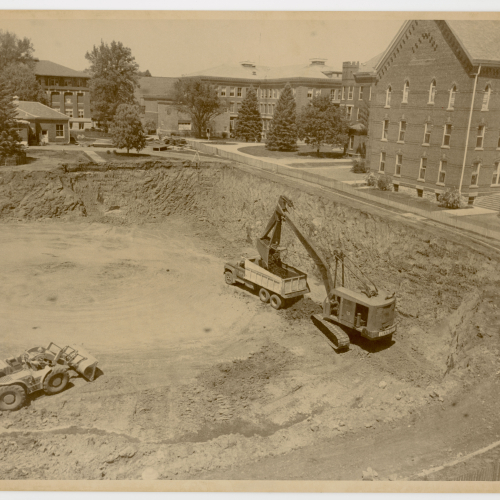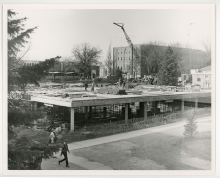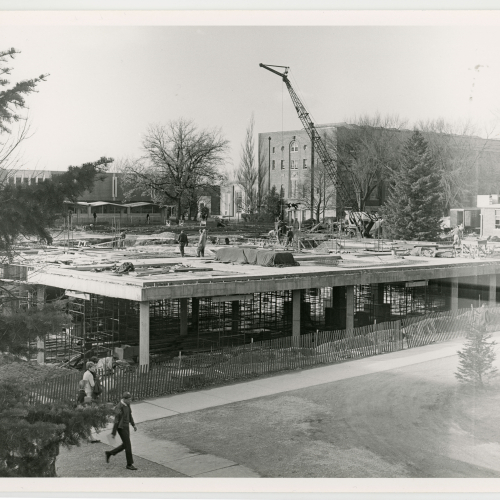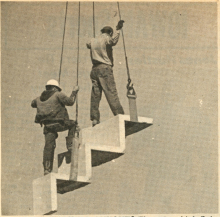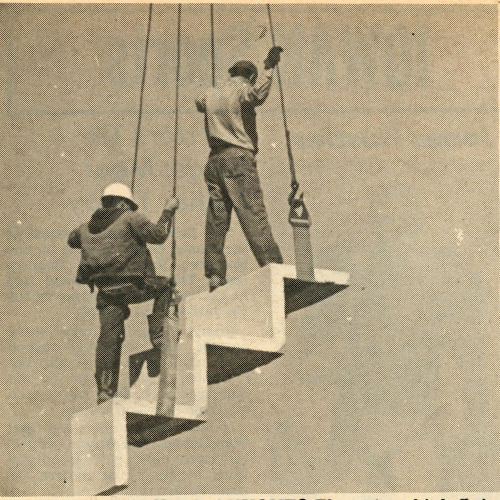Maucker University Union (1967)
Since its opening in September 1933, the Commons had served as the Union for students and faculty at the Iowa State Teachers College. As early as 1958, with enrollment growing, there was talk about expanding Commons facilities to include more space for recreation and cultural activities. In November 1958, President James W. Maucker formed a faculty-student committee headed by Dean of Students Paul Bender to investigate possibilities. President Maucker said:
“We need to list the specific facilities that this college needs…with some indications of the priorities of specific items, and then we will have to consider which of these needs can best be met within the Commons or starting a new building on a separate site.”
In spring 1959, the committee sent out a survey and found interest in an information booth, a checkroom, study rooms, a bowling alley, a music listening room, and a book and supply store, among other possibilities. Results of the survey were sent to Porter Butts, Director of the Union at the University of Wisconsin, who served as a consultant on the potential project.
During the early 1960s, the school needed to concentrate its efforts and its funding on building dormitories to meet the upcoming surge in the enrollment of Baby Boomers. Funding for the Union would come from the same source as funding for dormitory construction. Consequently, plans for a Commons expansion or new Union construction did not emerge for several years. In May 1963, Dean Bender announced that he hoped that construction of a significant addition to the Commons would begin in 1964. The Commons would be expanded on three sides--east, south, and west--and would double in size. The addition would include kitchens, dining rooms, a snack bar, a billiards and table tennis room, a browsing library, a music listening room, a chapel, and offices for student media and government. However, there would not be a bookstore, bowling alley, or auditorium. The newly-appointed Director of the Union, Dale Brostrom, would oversee the project.
In January 1964, the Board of Regents split the project into two parts: remodeling the Commons and constructing a new Union. Brooks-Borg of Des Moines was the architect for the projects. The new Union had a $1.2 million budget to be funded by student fees; its tentative site was west of the Campanile. In an interview with the student newspaper, the College Eye, in July 1964, Dale Brostrom said that plans could not be completed until a final site was selected. He said, "In choosing a site we must predict what will happen to this area 10 to 15 years from now. We need an area that will be in close proximity to parking and study areas and in the path of students between classes and dorms."
In November 1964, with a site still to be determined, the Regents approved a $1.3 million budget for the "first phase" of a new Union: $500,000 would come from cash on hand and $800,000 would be borrowed, but all money would come from student fees. The project was scheduled for completion sometime in the 1966-1967 school year. At that meeting, President Maucker suggested that the Union be built in the center of campus just east of the Rod Library. However, Regents Secretary David Dancer said that students had told him that they wanted the facility built closer to the dormitories, possibly southwest of the Commons.
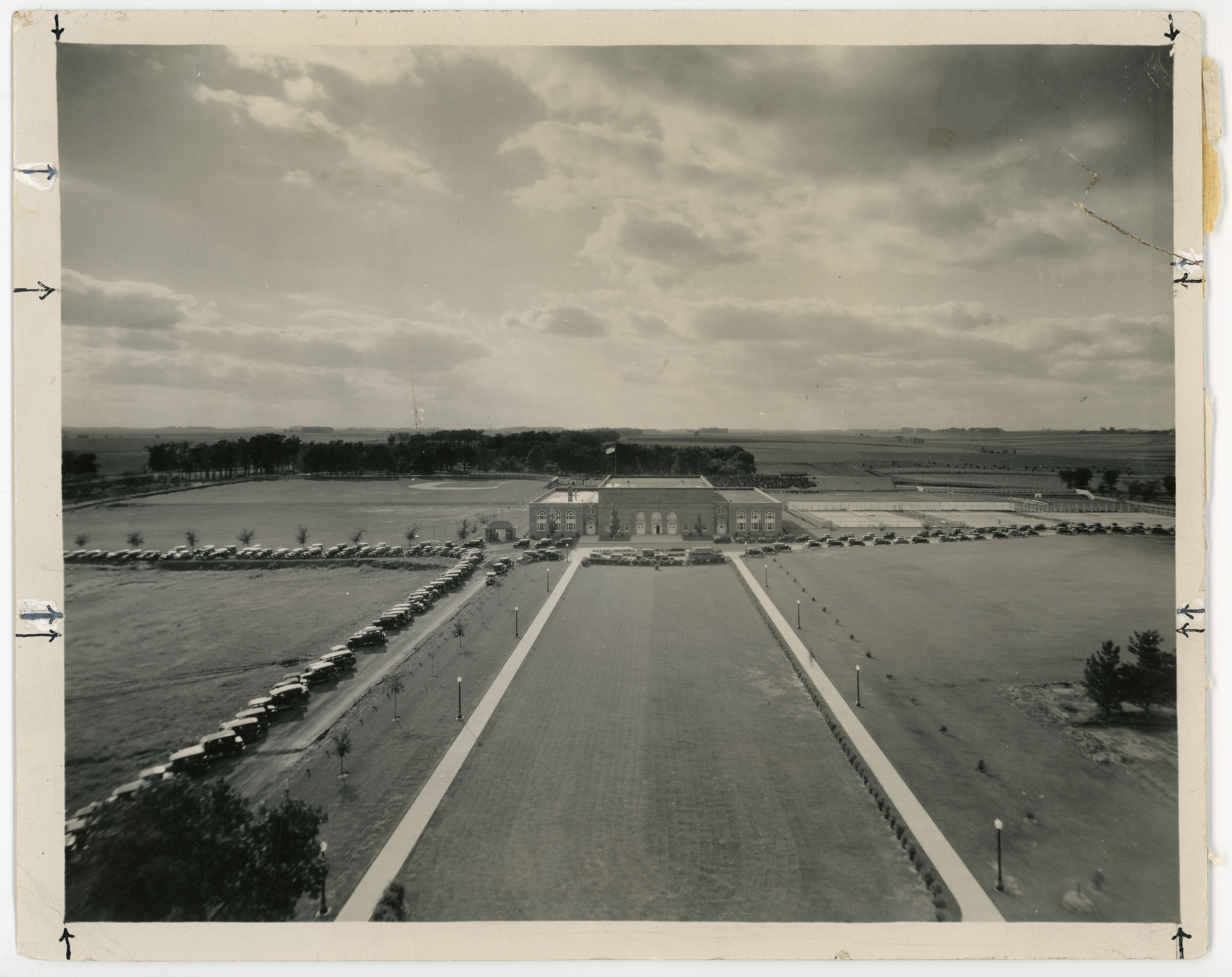

In February 1965, the Union Policy Board recommended that the Union be built just a bit north of where it now stands but still in the center of the older part of campus. President Maucker forwarded the recommendation to the Regents for consideration at their March meeting. The College Eye responded in an early March editorial that the recommended site would make the central part of campus too crowded. The editorial also noted the trend in campus development to the west and south and believed that a site between the Campanile and the West Gymnasium would be better. With Regents action put off until May, more specific plans for the Union emerged. The building would have two levels. The slope from north to south on the site recommended by President Maucker would allow the south parts of the first floor to be open at ground level and the top of the Union would be a plaza. Construction would take about two years. The Regents ultimately approved the central campus site at their May 1965 meeting.
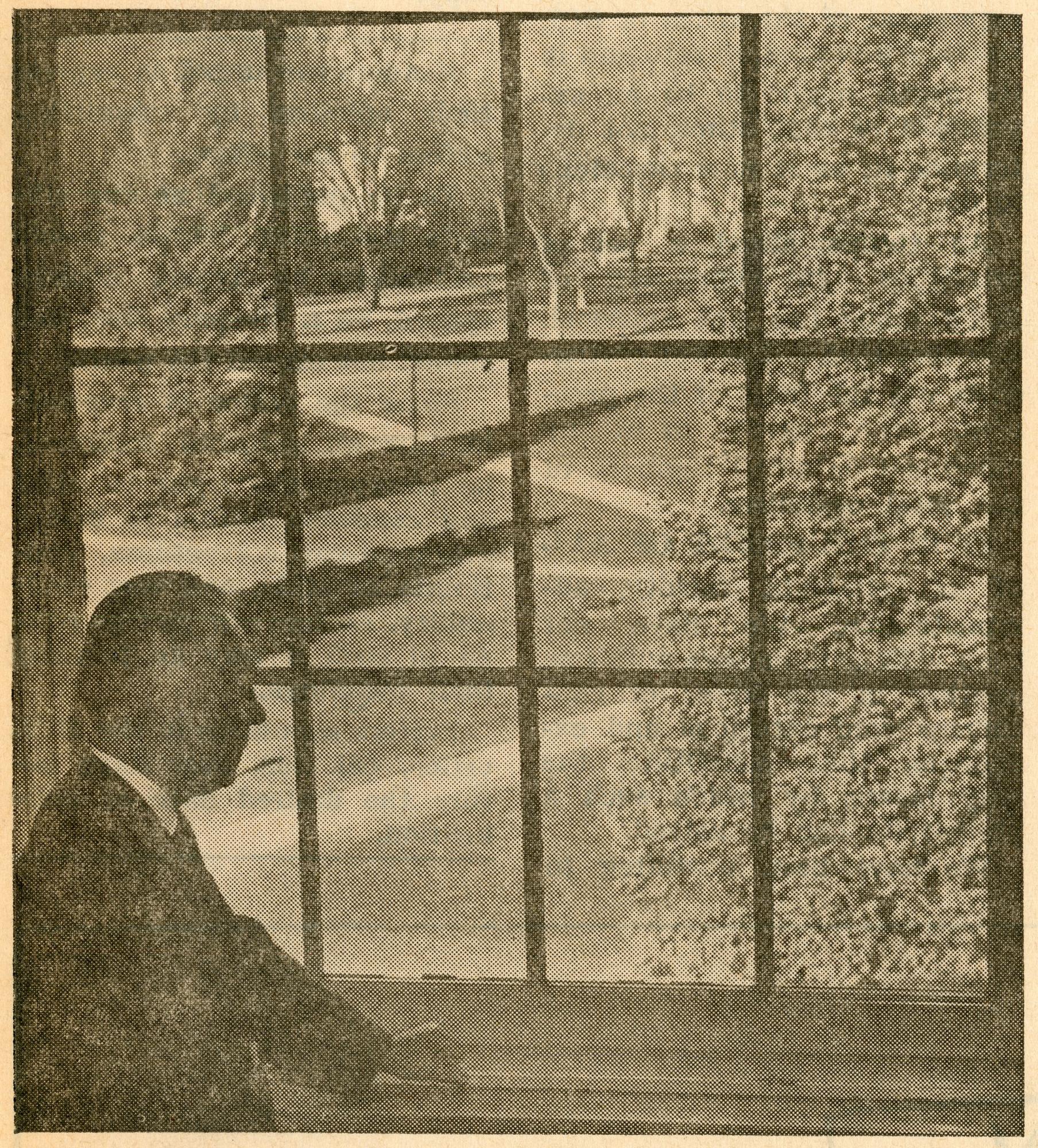
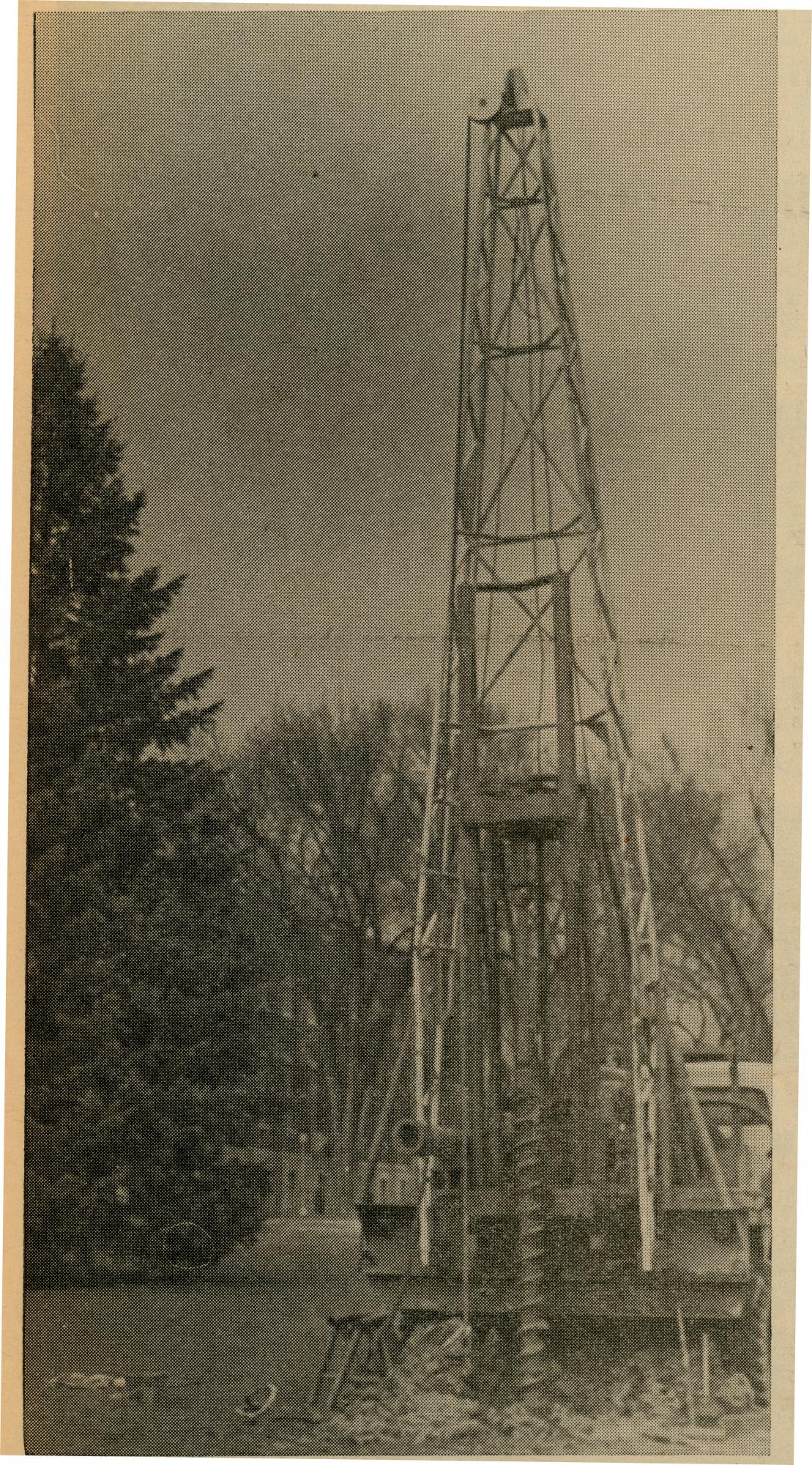
However, the site selection controversy did not go away. In October 1965, Professors Donald Howard and Josef Fox drew up and circulated a petition for reconsideration of the site selection. Howard cited the beauty of the pleasant open space of what was then known as the Back Circle: "I agree that the Union must be where the students are, but I still believe that this need can be satisfied without destroying the natural beauty spots." Controversy raged for a good part of the fall 1965 semester with faculty and students alike stating their views in strong, clear terms, but the site selection did not change.
In February 1966, the Regents increased the Union construction budget to $1.5 million to accommodate both increased enrollment and building costs, with plans to begin construction in summer 1966. By spring 1966, crews were drilling wells for the new building's air conditioning system. The Regents, on a 6-2 vote, approved preliminary plans for what the College Eye called an "underground cavern" in May 1966. By September 1966, the budget had risen to $1.8 million. Already in February 1967, with construction not yet underway, architect John Stephens Rice, of the architectural firm of Rice, Hunter, and Englebrecht of Des Moines, was cited as an award winner in Progressive Architecture for his design work on the Union.
The design of the new Union was in startling contrast to the staid and traditional red brick and limestone architecture of most campus buildings at that time, yet that drew surprisingly little comment on campus. Some thought that the four cubical skylight features that dominated the top of the Union looked like big television monitors. Also in February 1967, crews began moving some of the large spruce trees that had been growing on the Back Circle since the major campus landscaping project of the mid 1930s. Several of the trees were dug and transplanted. One transplant, located outside the Union's southwest entrance, survived as the campus Christmas tree for many years. The landmark Circle Elm was cut down, in all likelihood not long before it would have fallen victim to Dutch Elm Disease.
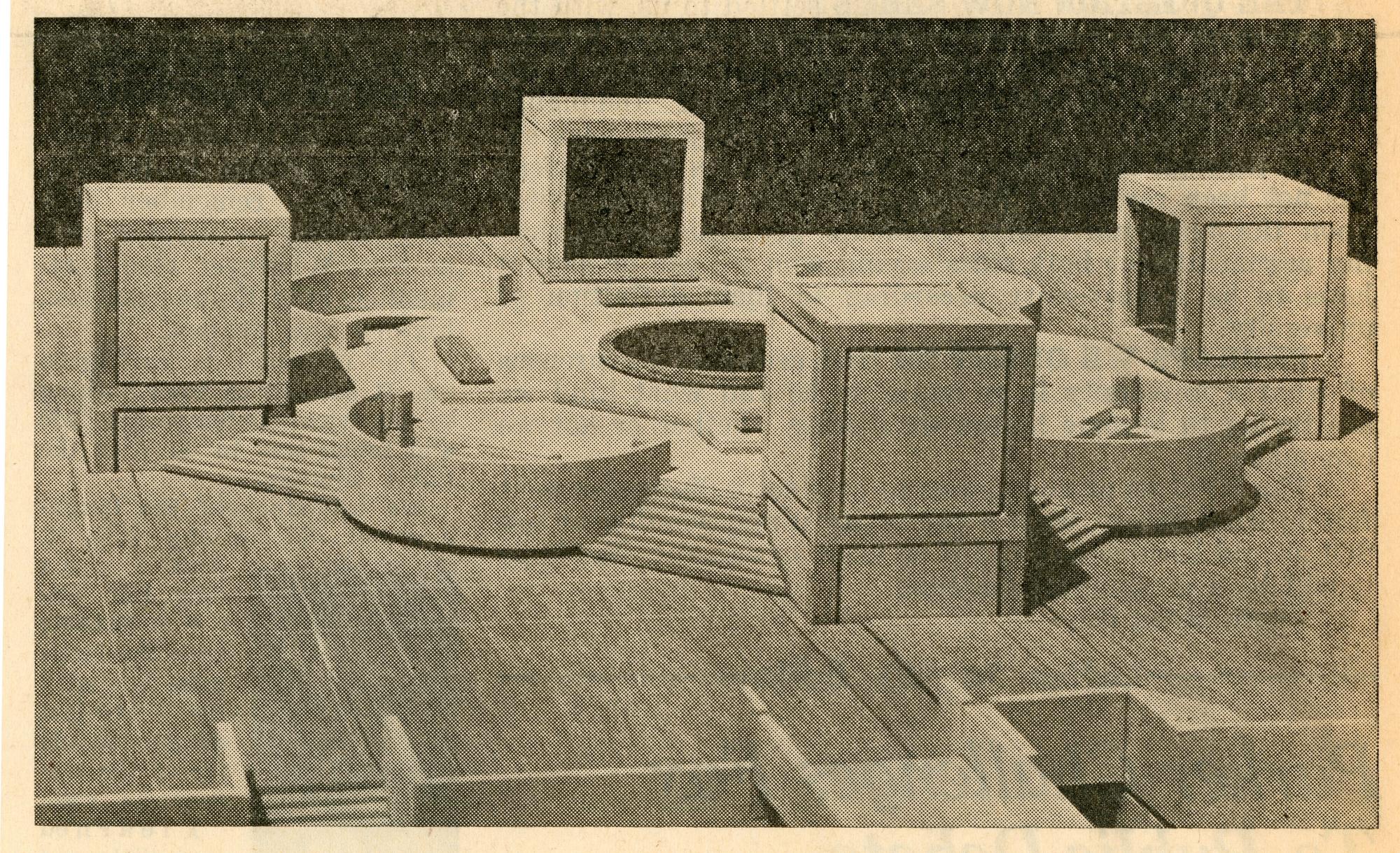

In March 1967, the Regents approved contracts for Union construction with a new budget of $1.98 million. Site grading and early phases of construction began in April 1967. Officials hoped the Union would be complete by September 1968.
As work neared completion in March 1969, the Union Policy Board accepted a proposal from the African-American Society to take special responsibility for the Keyhole Lounge, a "small, informal, double-decked jukebox lounge" in the new Union. This area was planned to be an African-American cultural center. Its use was not limited to the African-American Society; rather, the Society would simply be responsible for programming, exhibits, and decoration. Still, this action provoked some controversy among those who believed that "setting aside" an area in a public building for a particular group was inappropriate.
President Maucker opened the new Union for use on April 7, 1969. A Grand Opening Week began the next week. The celebration featured a dedication ceremony as well as dances, a billiards tournament, a style show, an ice cream social, folk singing, tours, an appearance by well-known writer Vance Packard, and an art exhibition.
At the dedication, President Maucker said, "I wish, on behalf of the entire university community, to dedicate this University Union to the development of friendlier human relationships, exciting conversation, and truly educative cultural experiences to the end that all who gather here may be finer human beings for having spent some time in our Union." Ron Hughes, president of the Union Policy Board, spoke for the students. Professor Leonard Keefe spoke to and for the faculty when he said, "...get out of your offices and spend several hours a week with the students and other faculty to develop a mutual understanding of the problems of others. Please come meet the rest of us on common ground."
When it opened, the Union contained many useful and functional facilities featured against a background of strikingly modern architectural designs. It included large open spaces as well as smaller spaces designed for special purposes. There was a meditation room, a game room, a multi-purpose room, an information center, a snack bar, and the Royal Oak Dining Room. The Union also housed the offices of the Northern Iowan, the Old Gold yearbook, the literary magazine Seven, student government, Union administration, and a radio station. Students enjoyed the new Union facilities, especially the Coffee House, lounges, billiards room, and the meeting and recreation rooms.



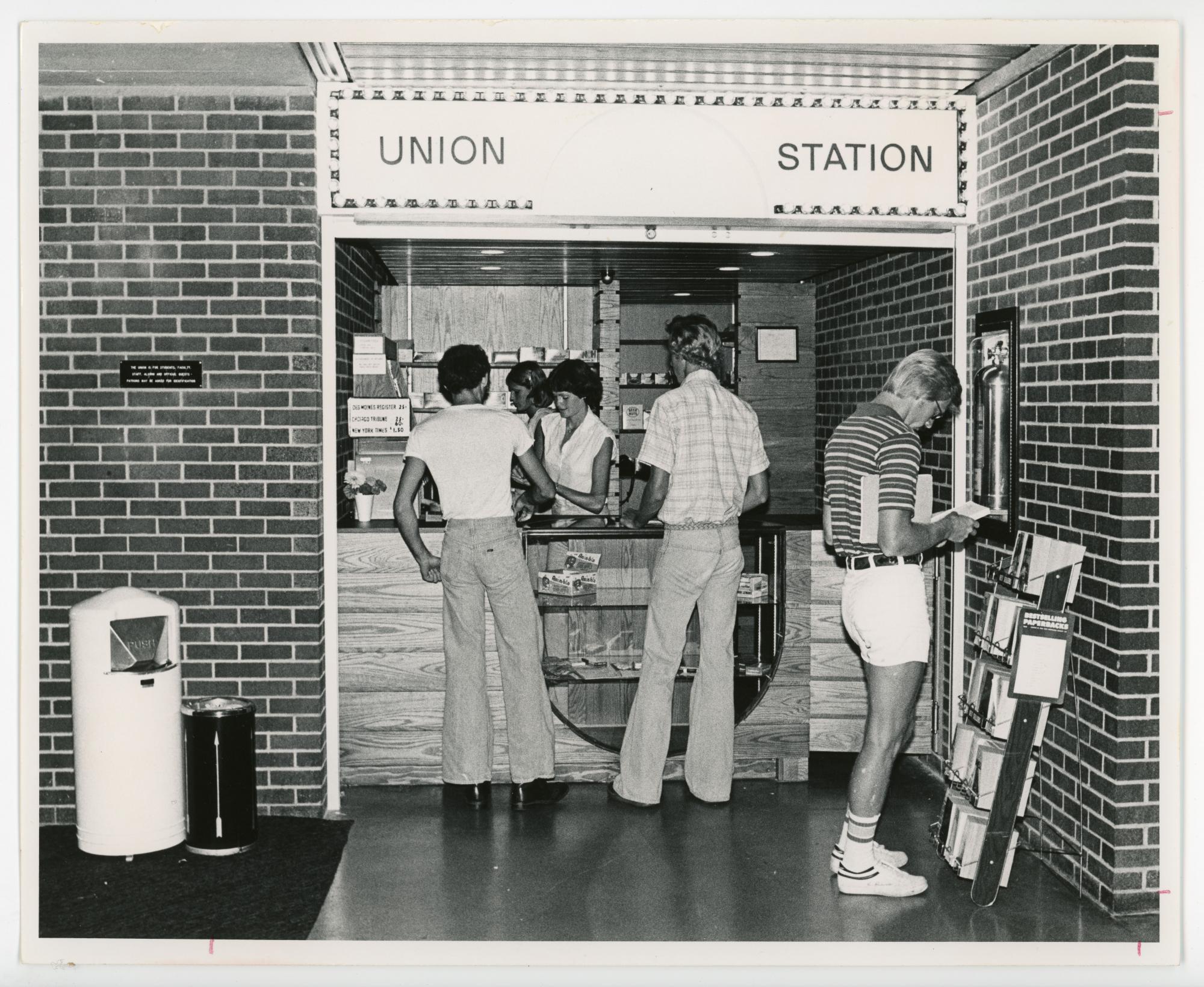
Shortly after the Union opened, the campus community tried to decide what to call the new building which had been called the University Union or, more casually, the Union. Suggestions for an official name included simply Union (playing on UNIon), University Union, Student Union, Panther Pit, and Black Hawk Student Union, as well as suggestions to memorialize Martin Luther King, Jr., John F. Kennedy, or Robert Kennedy.
In a poll run by the Student Senate, the name University Union won with 1,236 of the 2,305 votes cast; Panther Pit came in second with 489 votes, and 111 voters showed prescience by casting their ballots in favor of naming the Union in honor of President Maucker. Following this vote and for the first five years of its existence, the building was known as the University Union. In March 1974, it was officially renamed the J. W. Maucker University Union in honor of James William Maucker, who served as president of UNI from 1950 through 1970.
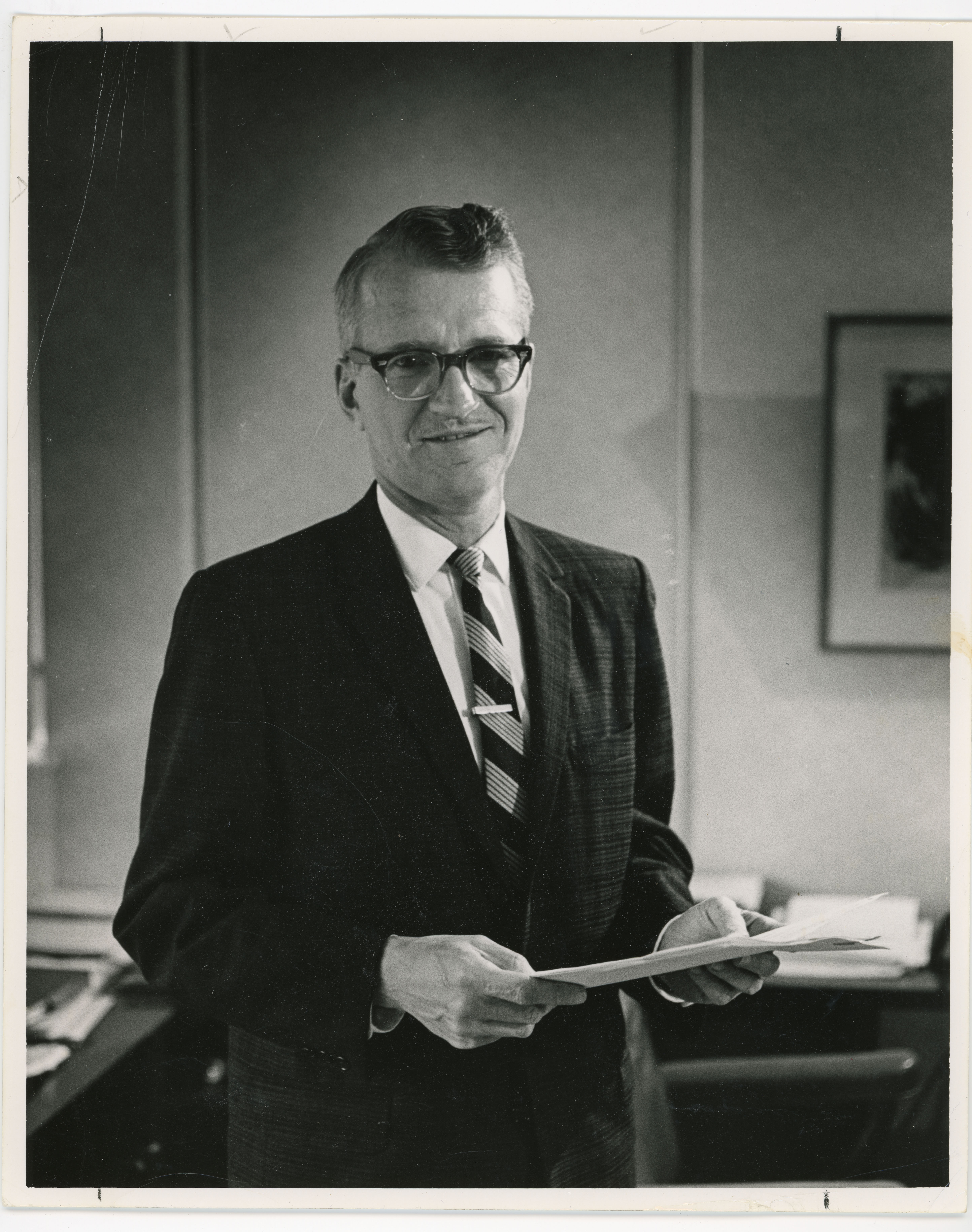
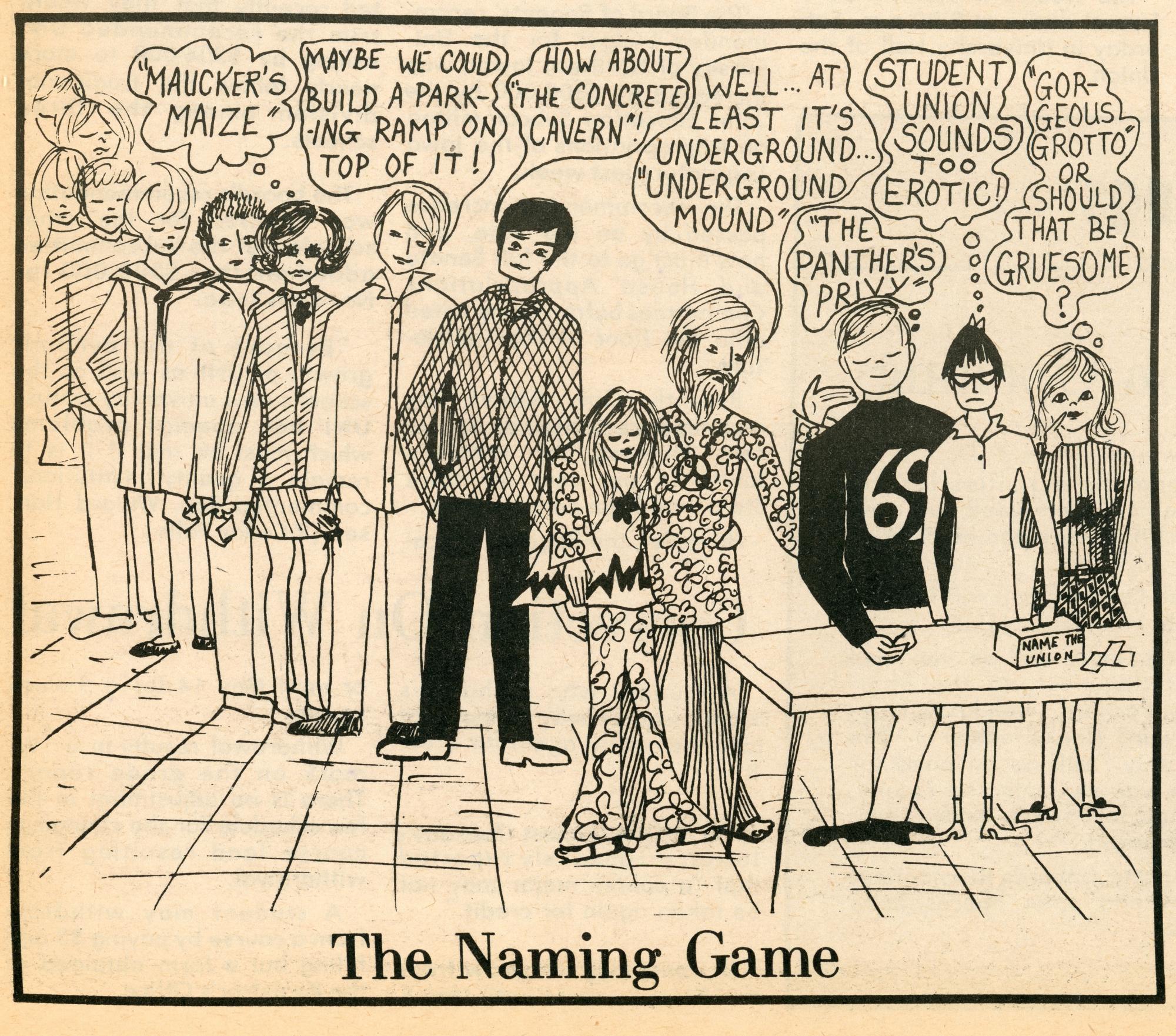
The Union, with its competitive pricing and convenient mid-campus location, put pressure on certain College Hill businesses. Several local business owners cited competition from the Union as the reason that they were forced to close their small College Hill restaurants. Once again, they raised the long-debated question about the proper level of service that a state institution should offer so as not to compete with private enterprise. On the UNI campus, this debate went back at least to the time when Bartlett Hall, the first dormitory, opened in 1915.
On July 9, 1969, the university dedicated the Colombian Room, adjacent to the Hemisphere Lounge, to honor UNI's exchange relationship with the Universidad Pedagogica Nacional in Bogata, Colombia. A handwoven rug, purchased by President Maucker in Colombia in 1967, was hung on the wall of that room.
Students and faculty also tried to decide on the proper use of the Meditation Room located just north of the Hemisphere Lounge. The idea of some sort of quiet place, possibly even a chapel building, had been around since the end of World War II. Such a building was never constructed but some of the funds accumulated for that purpose were used to help build and furnish a small, quiet corner of the Union. According to campus architect Robert Porter, "The original purpose of the room was a place of silence and individual solitude. The atmosphere is that of isolation and quiet, dedicated for a one person experience." The Meditation Room disappeared during one of the Union’s renovations.
The Union Craft Shop opened in 1972 and proved popular among students and some faculty. Mary Lou Hunt offered non-credit classes on macrame, candlemaking, picture matting and framing, and knitting. The shop added a potter's wheel as well as jewelry tools in subsequent years.
In a move that seems decidedly odd by today's standards UNI officials, noting the lower legal drinking age of 19, recommended the sale of beer in the Union in the spring of 1972. The Regents approved the recommendation in July 1972 and Union Director John Ketter worked on ways to incorporate the change into Union services. Draft beer would be offered for sale in the late afternoon and evening in the Union's regular food and beverage service line. Beer officially went on sale at 4:00 p.m. on September 11, 1972. Ketter said that the Union sold about three hundred glasses per day during the first week or so but attributed that volume to the novelty of the situation. The Union continued to sell beer until November 1986 when the University decided not to renew its beer and wine license. At that time, Ketter cited an increase in the legal age and concerns for liability as reasons for the University's decision. Sales had also been modest: about $200 per week in 1986. Ketter said, "When it was first sold, we had a swarm of media people up here and just two students buying beer…so we bought everyone a beer. But it's just never developed into anything."
Pinball games, introduced in 1974, proved very popular. That same year the Union opened the Penny Lane Sweet Shop, which sold penny candies and other sweets. The Union also offered check-cashing and photocopy service. Before the advent of cash cards and ATMs, easy access to a liberal check-cashing service was an essential part of most students' lives. At that same time, the governance structure of the Union changed. Initially, the Union operated under a two-board system to provide recommendations to the Union administration. The Union Activities Board was responsible for programming recommendations while the Union Policy Board was responsible for administrative recommendations. The Union Activities Board became largely defunct in the spring of 1974.
Food service proved to be a problem for the Union. Students complained about the quality of the product and the service. More importantly, the service accumulated a deficit of nearly $30,000 in the 1974-1975 fiscal year. Beginning in August 1975 the university contracted with Hardee's fast food company to provide food service in the Union. The university would receive about 13% of cash sales from the Hardee's operation. The restaurant's agreement with the university was renewed for many years and lasted until May 6, 2000.
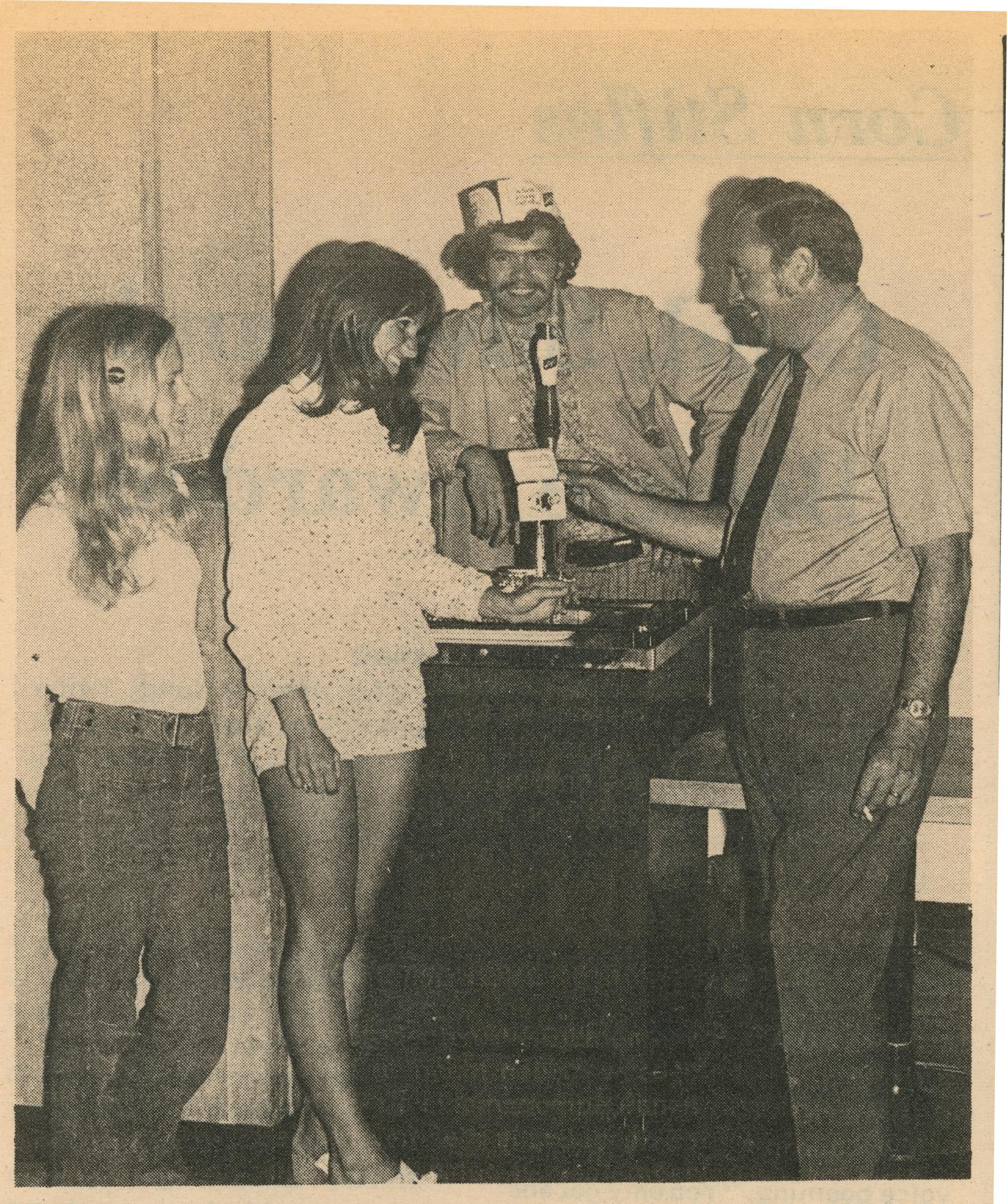

In 1976, the Union inaugurated its annual open house, known as FUNION. The party included a magic show, folk singers, speakers, a disco dance, movies, and displays. In January 1977, the Union added a new 4 X 5 foot "Video-Beam" television projector to the Keyhole Lounge. This was just in time to watch the upcoming "Roots" television series. Also in 1977, in something of a campus pioneering effort, the Union set up a self-enforced non-smoking area in the northwest bay of the Coffee House. At that time, smoking was allowed throughout the building. Cigarette sales ended in the Union in August 1991, and smoking was banned completely in the Union as of November 15, 1993.
In July 1978, the Union opened a small sundry store in the northwest corner of the upper level. This shop, the Union Station, offered candy, pop, magazines, newspapers, school supplies, and other assorted items. A popcorn machine later proved to be very popular.
The Union, especially the lower level, underwent many minor renovations during the later 1970s and early 1980s. Partitions were erected, offices shuffled around, and areas divided. By 1985, Union Director John Ketter reported that there serious plans were under development for an expansion and would also include major renovation of the building. The project, budgeted at $1.5 million, would add a large, dividable, multipurpose room and renovate areas on the lower level. The expansion would likely be to the north of the existing structure but officials were also considering the east side. In September 1986, the Regents authorized the selection of an architect for a 20,000 square foot Union expansion project, with a $1.9 million budget. The firm of Thorson, Brom, Broshar, and Snyder, of Waterloo was later selected for the architectural design.
Work was slow to get underway at least partially because the expansion site was originally home to the first campus power plant. Consequently, the area was a hub of old utility infrastructure that needed to be removed and, in some cases, rebuilt before extensive excavation and construction could begin. In February 1988, the Regents rejected all construction bids for the Union expansion: even the low bid was 65% over the budget estimate. Director of Facilities Planning Leland Thomson said that the project would need to be re-designed, possibly by the end of the summer of 1988. In the meantime there was a large, rough, gaping hole left by the utilities work right in the middle of campus. Some local humorists suggested that the piles of dirt and ponds of water might serve as a wild animal park.
Finally, in September 1988, the Regents approved contracts for the revised project plan which now carried a $2 million budget. Larson Construction Company of Independence won the general contract, ACI Mechanical Corporation of Ames won the mechanical contract, and Freeman Electric, Incorporated, of Independence won the electrical contract. The new expansion opened on January 15, 1990. It featured a 2,745 square foot lobby area that would be used as an art and cultural exhibition site, a large room that could be divided into three smaller 2,800 square foot rooms, and kitchen facilities. The Grand Opening was held February 19-23, 1990, with performances by comedian Elayne Boosler, the UNI Gospel Choir, and local band House of Large Sizes, as well as a dinner dance. The addition seemed to receive mixed reviews from students interviewed by the Northern Iowan. Some really liked the new lobby area and its quiet, gallery atmosphere, but just as many reported that the lobby did not meet students' greatest need, a place to sit down and eat lunch. Union Director Renee Romano said that she anticipated the critical comments and promised that more eating space was planned for future years.
In December 1990, the Class of 1991 voted to donate its class gift of about $65,000 to the Union for a deli or pub, ultimately called Club 91. In 1992, the Union undertook a $250,000 project, later increased to $340,000, to remodel the game room and University Hall. The old game room would become Club 91 and University Hall would be remodeled into a new game room and meeting space. The new area offered seating for 200 people in a food court atmosphere. Following its opening, some students lobbied to reinstate the sale of alcohol in the Union. Northern Iowa Student Government (NISG) considered and even passed resolutions on the matter, but nothing came of it.
In the summer and fall of 1994 the Union received a new roof in a $1.4 million renovation project. Leaks and abuse by skateboarders and rollerbladers had damaged portions of the exterior. Unfortunately, even a project of this magnitude failed to stop the leaks completely. During the project, the catwalk leading to the second level of Sabin Hall was removed. In September 1996 a computer laboratory opened in the former Keyhole Lounge. This lab later moved to an area on the lower level of the building. To make the outdoor plaza more pleasant, NISG allocated money to purchase six tables to be placed on top of the Union in 1997. Also that year, an electronic information sign was installed over the southwest entrance.
By early 1998, officials were talking about another expansion or renovation for the Union, with the matter becoming an NISG election campaign issue. The Northern Iowan hoped that a major project really was in the works. In editorials written to the paper students explained they were tired of long lines around lunchtime, and were especially tired of the food choices offered at Hardee's and the Royal Oak Room. Plans became more specific in April 1998, with attention focused on improving the quality of food service all over campus. However, opportunities really began to expand when the agreement with Hardee's expired on May 6, 2000. Union Director Hanish said this would be the start of offering students more food choices. In the fall of 2000, the Union began offering Blimpie's sub sandwiches, Seattle's Best Coffee, and Freshens Yogurt. Asian food at Asian Creations and hamburgers at the Bent Fork followed. The Union held a grand opening for its new food court on November 6-7, 2000.
In March 2002, the Regents sold $12.8 million in bonds for another expansion and renovation. The addition would provide a home for International Services and the Center for Multicultural Education. InVision Architecture of Waterloo did the design work. The project got underway in May 2002 with Larson Construction of Independence as general contractor, Young Plumbing and Heating of Waterloo as mechanical contractor, and Menninga Electric of Waterloo as electrical contractor. Upon completion of the renovation project, the Union re-opened on August 22, 2003. During the project, 20,000 square feet of space was remodeled and 42,000 square feet was added. A new coffee bar called Chat's opened with gourmet coffee, bakery goods, and yogurt. In the new Prexy's food court area, other choices became available during the fall semester, including Avanti, Flare's, Wasabi, and Blimpie's.
The project also resulted in renovated meeting rooms and improved handicapped accessibility. Healthbeat, an on-campus fitness center, moved from the East Gymnasium to new facilities in the Union on January 12, 2004. Two months later, on March 26, 2004, the new Center for Multicultural Education was dedicated.
By 2008, the Union was ready for more improvements and modifications. The new project was financed by both general funds and Union profits and improved handicapped accessibility, enhanced technology infrastructure, and added comfort. The project was completed by the beginning of the 2009 fall semester. The old North and South Rooms were replaced by wheelchair accessible ramps. The computer laboratory capacity increased by twenty workstations. Lounge areas provided additional spaces for students to work or relax. Additional work on the technological structure in the Union improved students’ use of technology throughout the building.
Few buildings on the UNI campus have been renovated and expanded so drastically and so regularly as the Maucker Union throughout history. Its design was innovative, even award-winning, when it was built. Changes have been made in response to the needs of UNI students and the community at large. Today, Maucker Union provides a large variety of facilities and services for students, making it one of the most popular places on campus to gather for dining, socialization, and recreation.
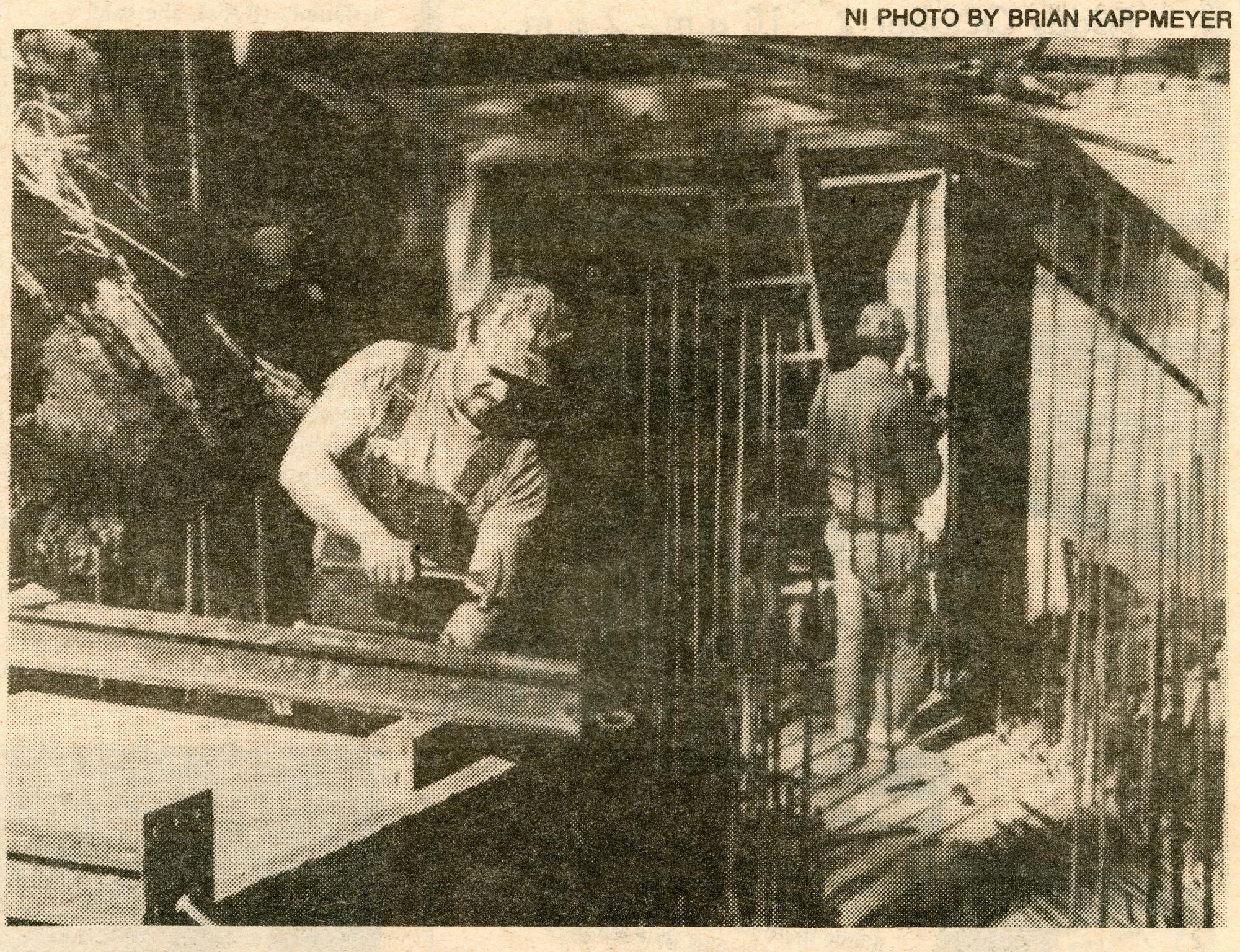
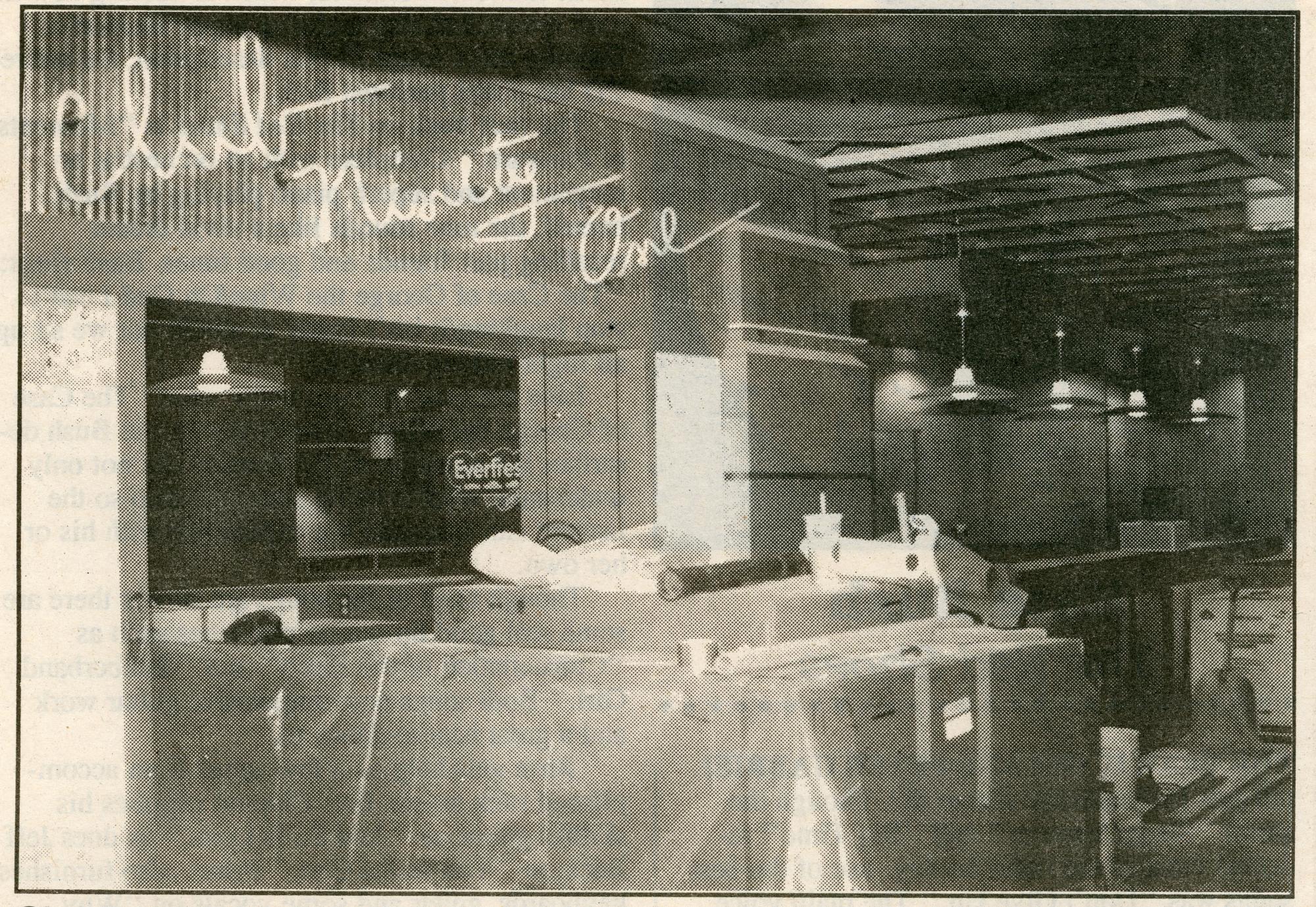
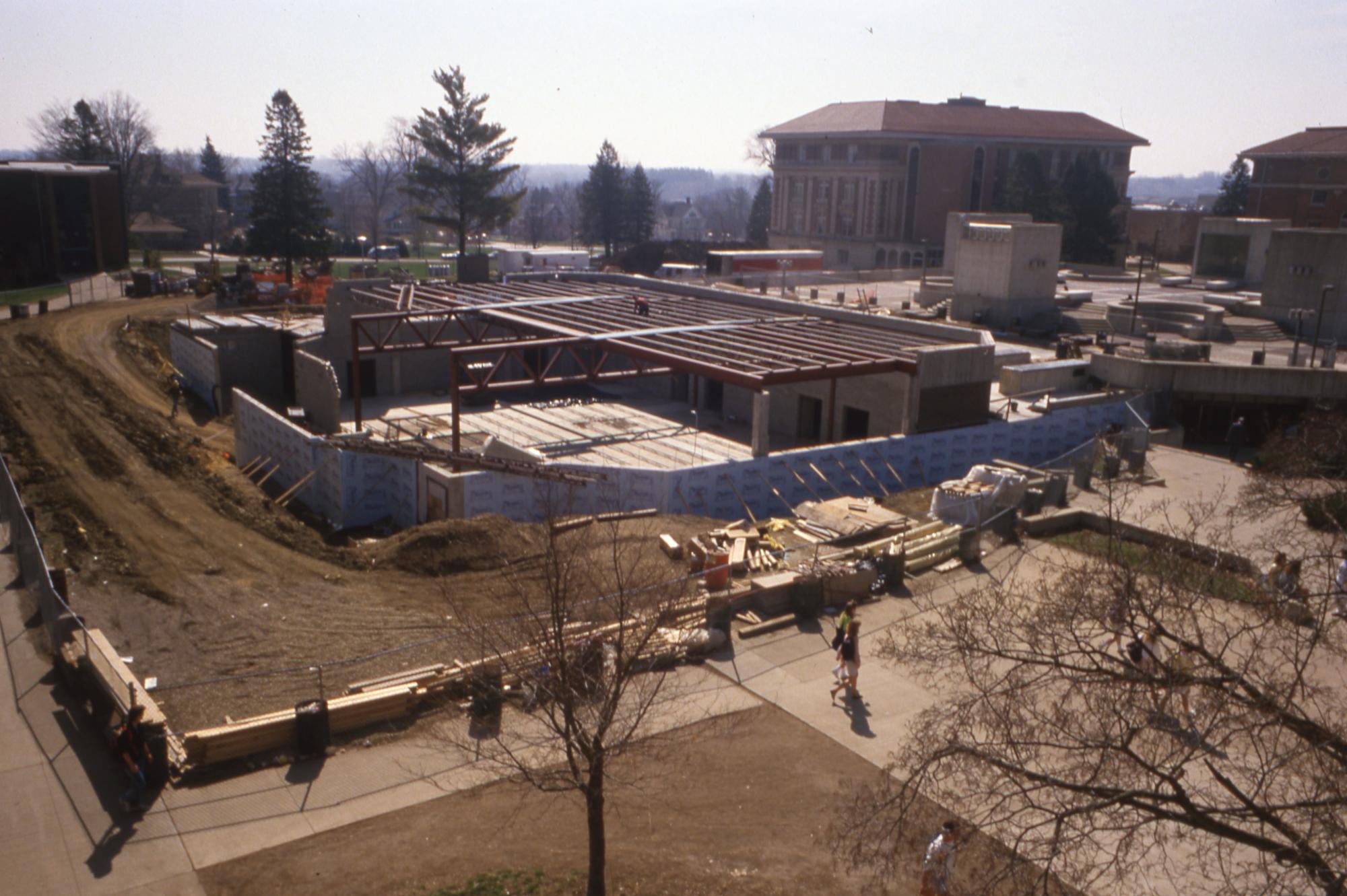
Compiled by Library Assistant Susan Witthoft; edited by University Archivist Gerald L. Peterson, July 1996; substantially revised by Gerald L. Peterson, with research assistance by Student Assistant Anthony Boggs and scanning by Library Assistant Gail Briddle, April 2004; last updated , March 14, 2012 (GP); content updated by Graduate Intern Marcea Seible, June 2025

